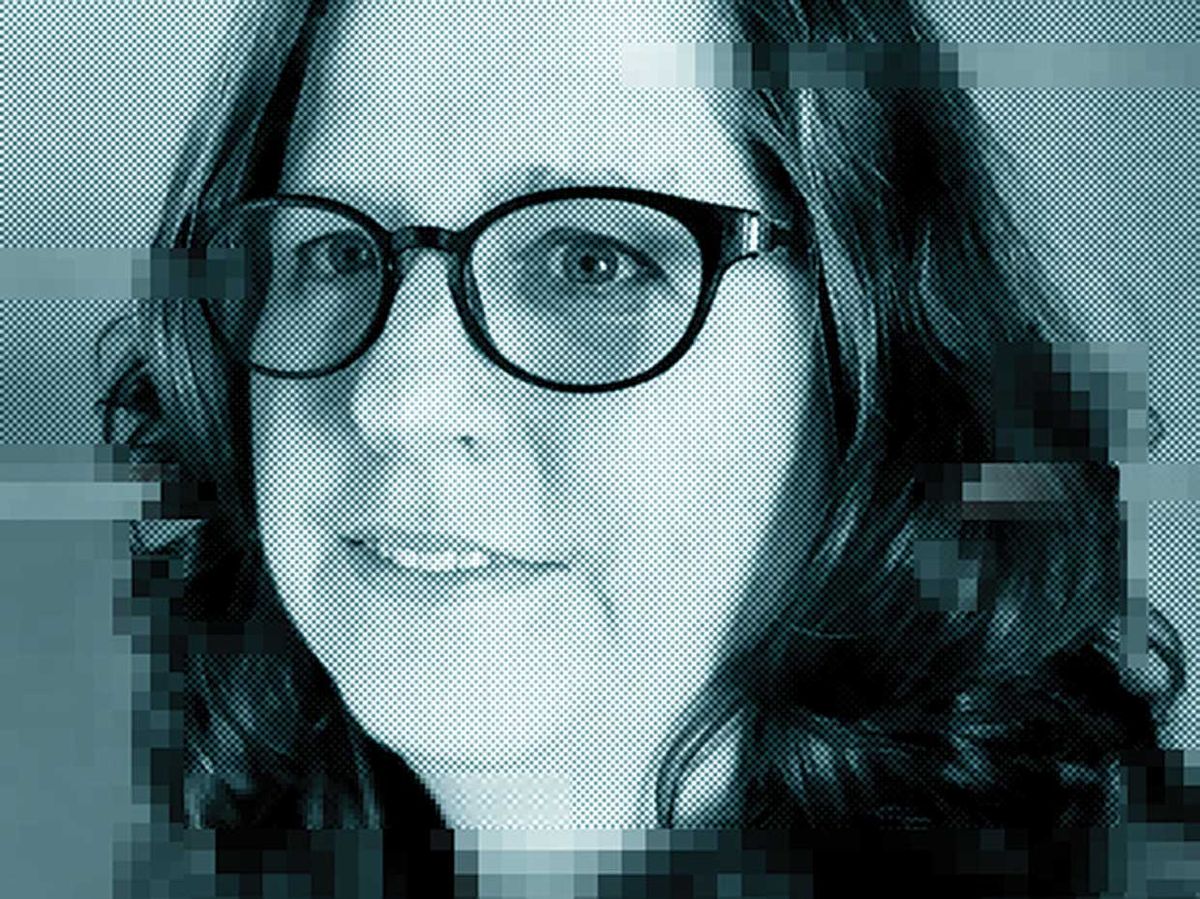NASA's spacecraft have to function with exquisite precision in extraordinarily harsh environments. An essential part of making that happen is rigorous quality assurance on the systems that go into these spacecraft. Jeanette Plante, a quality-engineering technical fellow in NASA's Office of Safety and Mission Assurance (OSMA), is one of the people charged with ensuring that rigor, which goes far beyond the traditional concept of quality-assurance teams performing inspections as items are assembled.
The work at NASA “is less about inspections than you might think," says Plante. “A lot of our work goes into deciding what we want in the first place and what measures we will use to determine conformance. Getting the requirements right first and building in quality is critical."
Another wrinkle is that many of NASA's missions are tied to timelines that are as unalterable as the motions of the planets themselves. “Quality assurance on the hardware used in the agency's crewed and robotic missions has to not only include tests that address failure modes but also fit within often-inflexible schedules for testing facility availability and launch windows," says Plante, who also notes, “A lot of the hardware we build or buy can't be repaired while in use. So building quality in is critical for achieving mission success, where terrestrially based systems might be maintained, replaced, or repaired throughout their service life.
Plante came to NASA through “a simple twist of fate" rather than an interest in space or rocketry. “When I graduated in 1987 with my bachelors in electrical engineering, I had no idea where that would lead me," recalls Plante. “I looked through newspaper and magazine job ads. And I also went to my college career center."
That's where Plante found out about a contract job at NASA, doing electrical, electronic, electromechanical, and electro-optic part assurance at NASA Goddard Space Flight Center in Greenbelt, Md.
In the nearly three and a half decades since, Plante has gone from contractor to employee, and risen to workmanship standards program manager, to division chief for quality and reliability at Goddard, to her present position as technical fellow, working at NASA headquarters in Washington, D.C.
“I've learned about manufacturing, materials engineering, how contracts and procurements work, relationships in the supply chain, and the physics of failure," says Plante. “I expanded my knowledge from electronic parts to assemblies, and then to supply chains, and found my way to having a view of all hardware manufacturing."
The goal, explains Plante, is to examine “all the aspects of how the hardware is designed and built, including what kinds of process controls will go into building a finished product.
NASA projects that Plante did QA for include the X-Ray Spectrometer (XRS), the Mercury Laser Altimeter (MLA), the Tracking and Data Relay Satellite (TDRS), and the James Webb Space Telescope (JWST) orbiting infrared observatory.
Currently, says Plante, “I develop policy for quality assurance for all of our missions, particularly for mission hardware—writing the policy as well as creating a toolbox of methods and techniques that can be used by projects for QA."
For any engineers who might be interested in the challenge of working in QA, Plante has some advice. “Industrial engineering can be a foot in the door [but also] take some formal courses in statistics, in quality, and in manufacturing control. And get fluent with new technologies and methods. For example, NASA is doing more with additive manufacturing, augmented reality, and digital twins [where a precise digital replica of an object or process is created]...and all of these either need or advance quality assurance." To work at NASA specifically, “getting experience in a manufacturing environment would be an asset to bring" to the agency, she says
“You also need resilience and patience," adds Plante. “If the problem wasn't hard, they wouldn't be calling on engineers to solve it." One final job-finding tip: “Don't just look within NASA—also look at the NASA supply chain," Plante suggests. “Most of our hardware is made by private industry."
This article appears in the March 2021 print issue as “Jeannette Plante."
Daniel P. Dern is a freelance journalist. He writes about the careers of engineers as well as a variety of technology topics.



